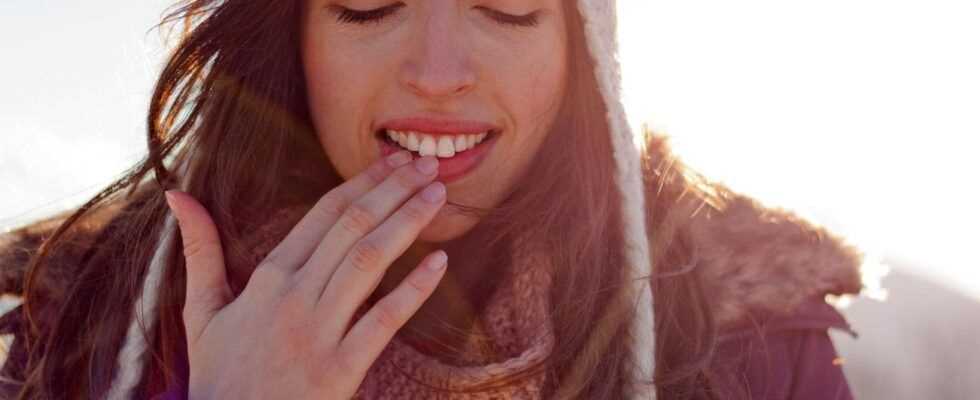Milking fat: effect, use and risks
© petrunjela / Shutterstock
Milking fat is a well-known care product with a wide range of applications. You can find out here what effect the cream has, how exactly you can use it and what the risks are!
What is milking fat?
Milking fat is a well-known care product that Grandma probably suggested to us when our hands were cracked! The cream was originally applied to the teats of cows to protect and care for the udder after milking. The product was made from paraffins such as mainly petroleum jelly (Petrolatum). Paraffins are a by-product of the petroleum refinery. The cosmetic milking fat has retained the petroleum-based petroleum jelly base in most cases, but has much stricter requirements and must also be free of harmful substances.
However, there are also products on the market that do not use petroleum jelly at all and only contain natural ingredients. The cosmetic milking fat can therefore contain the following ingredients either exclusively or in addition: Beeswax, chamomile, calendula, soybean oil or marigold. In addition, cosmetic milking fat is usually also included Vitamin E. enriched.
In general, you should pay attention to high-quality and natural ingredients for cosmetic applications and avoid cosmetic products based on petroleum, as they can possibly be carcinogenic!
Milking fat: effect and application
Whether based on Vaseline or beeswax, milking fat can be used in the following areas of application:
- In the field of Skin care power Milking fat the skin soft, is a good measure for cracked hands, elbows, heels or torn corners of the mouth and helps to soften calluses.
- For massaging it is ideal as it makes the skin pleasantly supple and is good for the hands of the masseur.
- The cream was used in care to prevent bedsores in patients. The remedy was therefore used a lot in the elderly and sick. Due to some disadvantages of milking fat, however, other substances are now being turned to that do not hinder breathing and the heat exchange of the skin.
- Nursing staff apply milking fat to to briefly protect the skin from aggressive liquids – Gloves offer more comprehensive protection here.
- In sport, milking fat has several areas of application: It protects skin from becoming sore, in the cold the Protect skin from the effects of extreme temperatures and also serves as a light sun protection. Injuries to the skin caused by friction while walking can be prevented by using milk fat. Milking fat also has insulating properties and prevents heat from escaping through the skin. It can therefore prevent frostbite and is particularly popular with skiers. Milking fat is only partially suitable as a sunscreen: it has a maximum sun protection factor of 4 and therefore does not provide adequate protection against UVA and UVB rays.
- Milking fat, which is mixed with vitamin E, is also used for skin renewal and smoothes the surface of the skin.
Application of milking fat
- Simply apply the cream to the affected areas and let it sit. It covers the skin like a protective film and ensures that the cold, air and water are kept away from the skin.
- To remove calluses, the milking fat is rubbed into the soles of the feet and left to work for a while. Since the moisture from the skin cannot be transported away, the corneal layer swells and can then be better removed.
Correct make-up for Smokey Eyes – this is how it works
The risks of milking fat
Milking fat on petroleum-based petroleum jelly can cause the following problems: Milking fat has a very high fat content, which leads to clogged pores if the product is used regularly. The skin can no longer breathe, which causes skin problems. In addition, the temperature exchange is prevented. Therefore, the following application points should be observed with milking fat:
- If you use the fat frequently, you should treat your skin to a peeling to clear the pores – this is the only way to ensure that the skin can breathe again. Nevertheless, daily use of the milking fat is not recommended!
- Remove the milking fat from your skin after a few hours (at the latest in the evening) so that it can breathe overnight. It is best to remove the cream immediately after using it, exercising or spending time in the cold.
- Open areas or burns must not be treated with the milking fat, as petroleum jelly can lead to inflammation here.
- People with neurodermatitis should also be very careful when using milk fat: Many are allergic to the ingredients and the clogged pores could worsen the skin disease.
- In some people, milking fat can trigger contact allergies and lead to milking fat eczema.
Are you interested in other beauty topics? Here you can find out what you can do against dry feet, how pimples develop on the neck and what causes yellow teeth.
If you would like to exchange ideas with others about natural cosmetics and care products, take a look at ours Brigitte Community.

